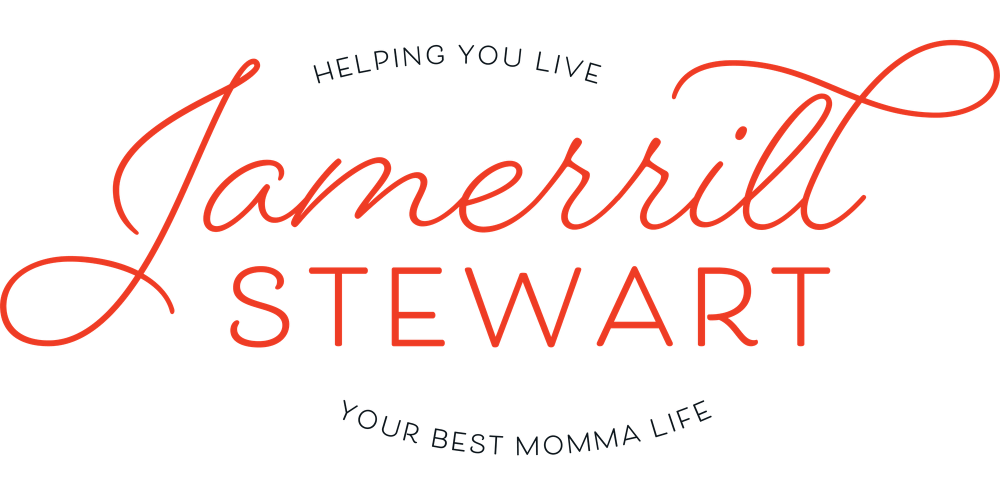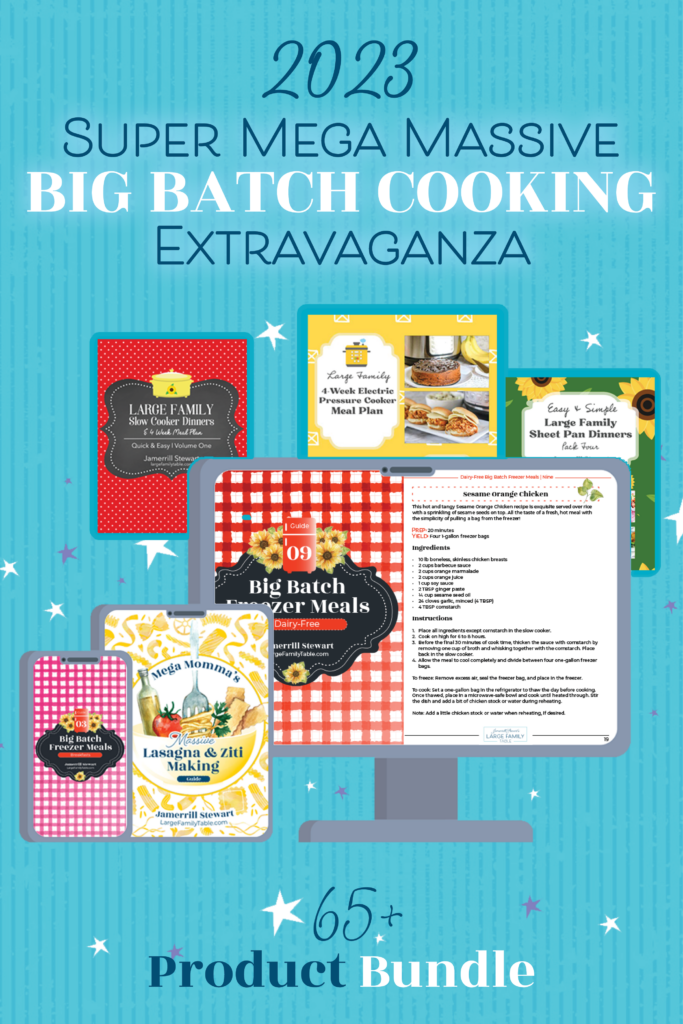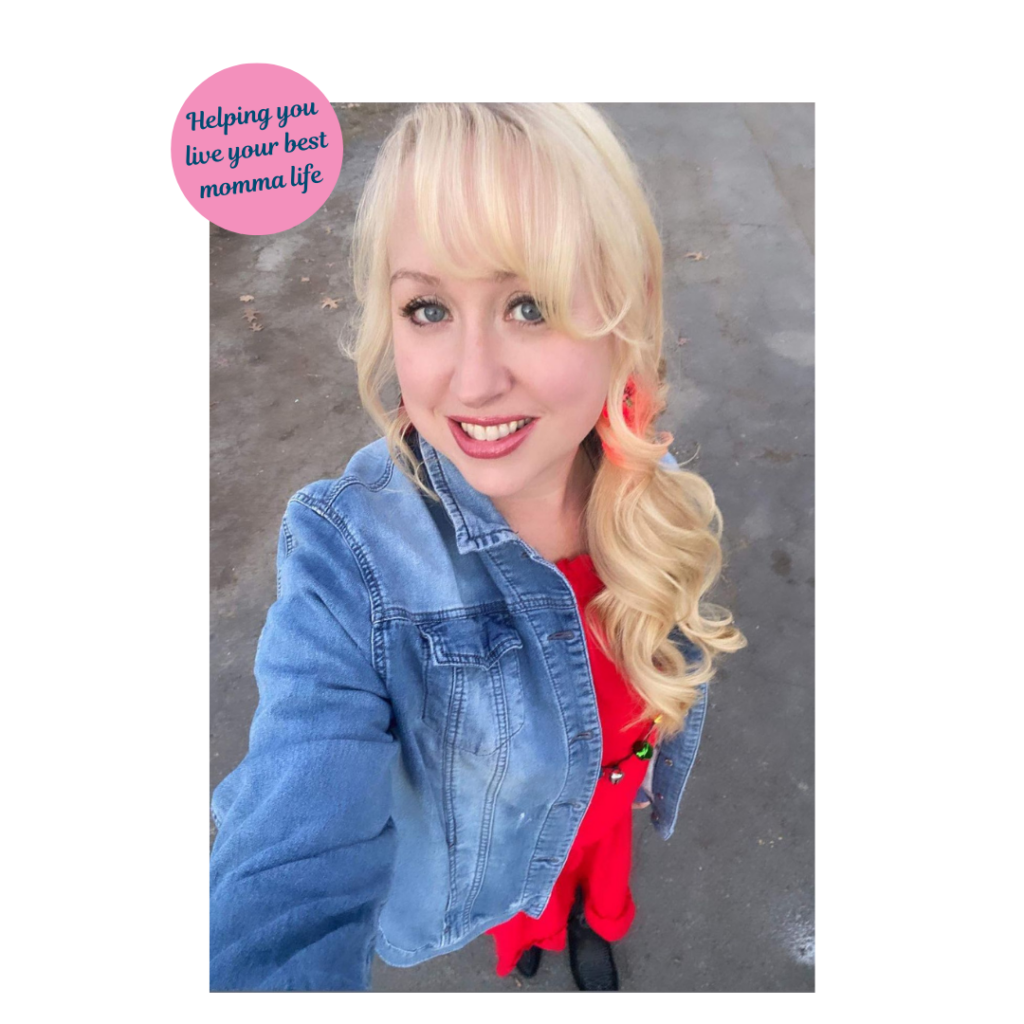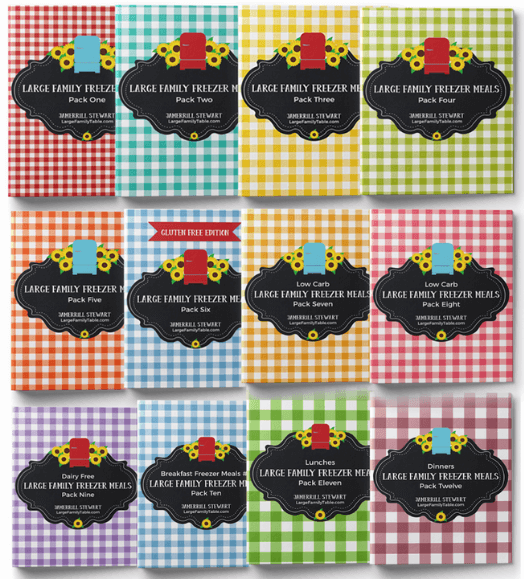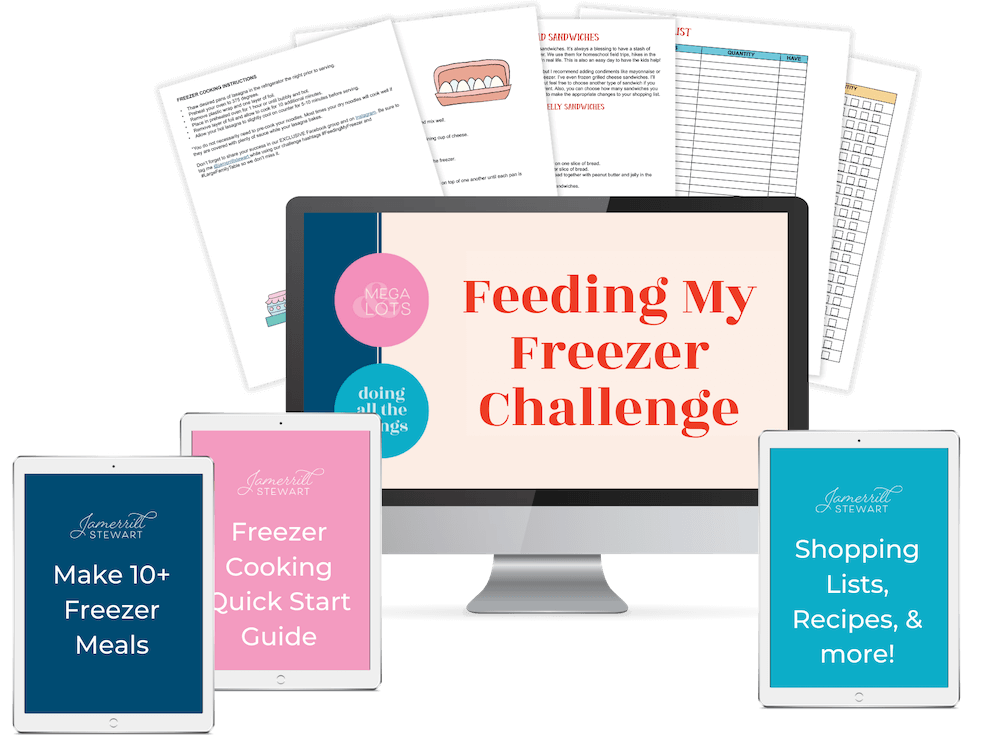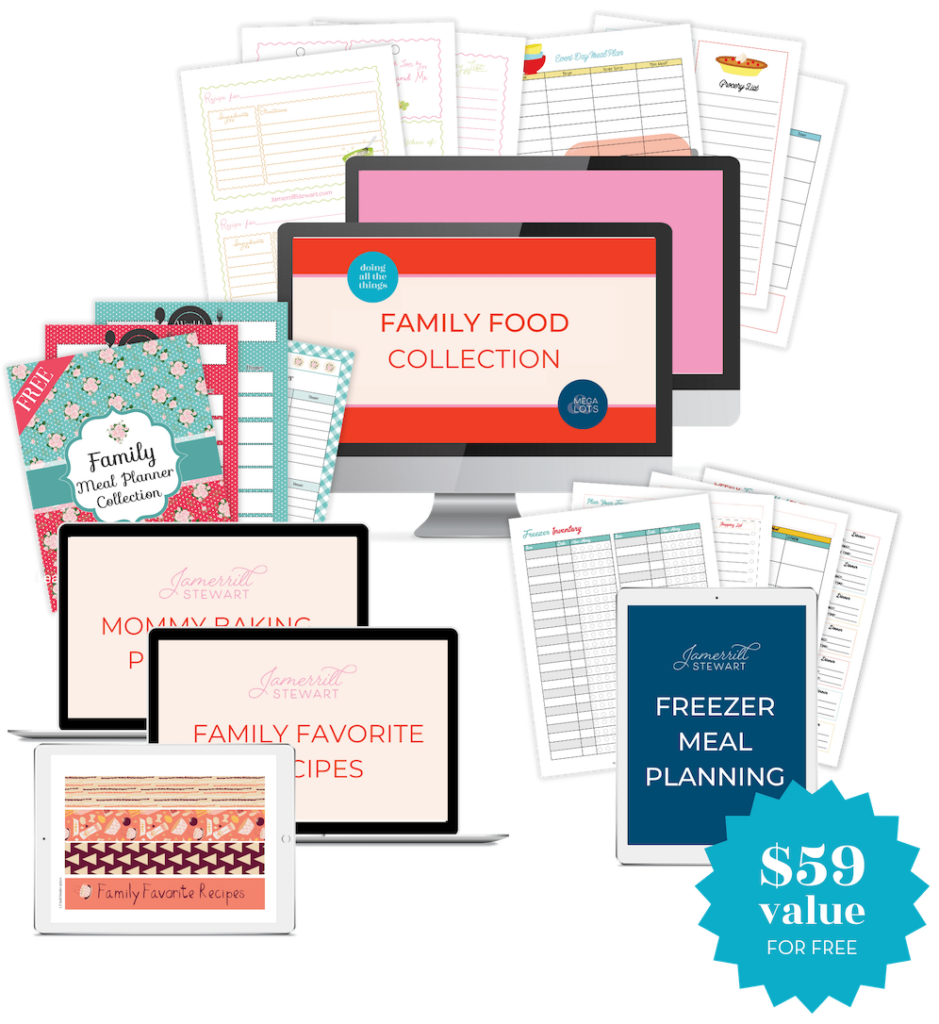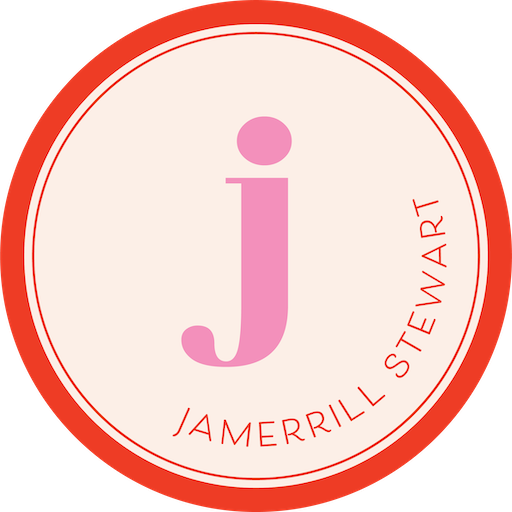*This post contains affiliate links.
How to Start Home Canning
I’m in a new season and learning an exciting life skill – home canning! I wanted to share with you how I’ve started persevering food and what I’ve learned thus far.

Since we have our first large country garden I knew my next skill to tackle was learning how to home can. It has been an upfront expense, but I know that our investment is well worth the rewards. Just think, a pantry stocked with home-grown produce! Next year I’ll have very little to buy, as you will see below.
My Home Canning Supplies
One of my first purchases was the Ball Blue Book Guide to Preserving. This guide took me step-by-step through learning to can; from using the water bath method, to giving tips on using my pressure canner. It walks through how to can fruits, vegetables, meat, and lists a variety of recipes for salsas, jams, pickles and more.
I just ordered the Ball Complete Book of Home Preserving.
The largest investment is the pressure cooker /canner. I chose this particular item because it had both a water bath and pressure canner feature. Here is a very thorough post on the difference between a pressure canner and water bath. As the post explains you really need both, because both methods of canning serve different purposes. So far I’ve home canned blackberry jam and pickles using the water bath method, and canned 7 qts of blackberries in light syrup using the pressure canner.
To Get Started Home Canning
To get started home canning you’ll need the following:
- Pressure canner and/or water bath.
- Instruction books: like the ones that I mentioned above. You can also pick up this Step-By-Step Canning Guide for free on Kindle.
- Glass Jars: You’ll need both pint and quart size. Your jar sets will come with lids and rings. After your first year of canning you’ll need to buy replacement lids.
- Funnel
- Jar Lifter
- Pectin: Pectin is found naturally in apples. It’s used in jams for thickening. The Ball Blue Book Guide to Preserving has instructions on how to make jams, jellies, and preserves, without pectin; it is more time-consuming.
- Ascorbic Acid: Ball Fruit-Fresh Produce Protector (5.0oz) is needed to keep your fruit in its natural color.
- Sugar/Vinegar: You’ll use a lot of sugar and vinegar in various recipes (not always the same recipe ;)) There is low-sugar, and sugar-free, recipes as well. Here’s a post on using honey instead of sugar.
7 quarts of our home-grown blackberries in a low sugar syrup.
Home Canning and Preserving Resources
- Ball’s Home Canning: Ball’s official home canning site offers recipes, tips, videos, and supplies.
- National Center for Home Food Preservation: I’ve read this site like a book over these last few weeks. There is information for any question that I’ve had about canning.
- Mother Earth News: Of course I don’t believe in Mother Earth…I believe in Jesus. 😉 This site offers information on organic gardening, canning, farming, and more.

- Six Tips for No-Stress Canning shared by The Prairie Homestead
- There’s a great getting started article on Keeper of the Home Canning: Not What You Think
- PickYourOwn.org: Offers home canning directions, canning do’s and don’ts, home canning recipes, making freezer jam, homemade applesauce and more.
Cost of Home Canning
The cost of planting our garden (including paying a homeschool friend to till it and buying plants) was $75. The Lord blessed me with 50% off at the Christian greenhouse where we bought our plants too.
Naomi at one end of our pumpkin patch.
Between the books, canning equipment, jars, additives, etc that I’ve bought this year we’ve spent $142 on our initial home canning investment. I foresee that I need several more cases of quart and pint size jars; I’ll be close to $200 total on these first year expenses by the end of the summer. However, next year the cost is replacement lids!
Including the cost of our garden, plus additional fruits that I’ll buy by the bushel from our neighboring orchard, our first year canning experience will be around $350 = All supplies ($200) + Garden ($75) + Additional fruit/vegetable purchases ($75).
Our nightly garden harvest. Right now we have squash, peppers, cucumbers, and we’re getting at least a gallon per day of blackberries.
Joy in a Jar
One of my readers on Facebook said that canning is like having joy in a jar. I completely agree, already. The time that I’ve spent canning has been very relaxing. Naomi and Zion have helped me; I can see this being a joy-filled annual family event.
So, are you ready to try home canning?
